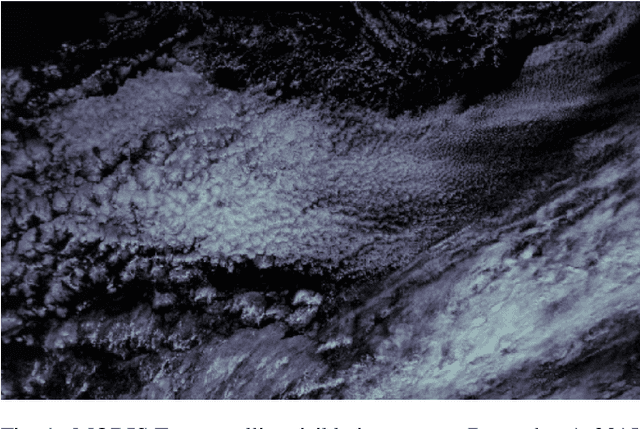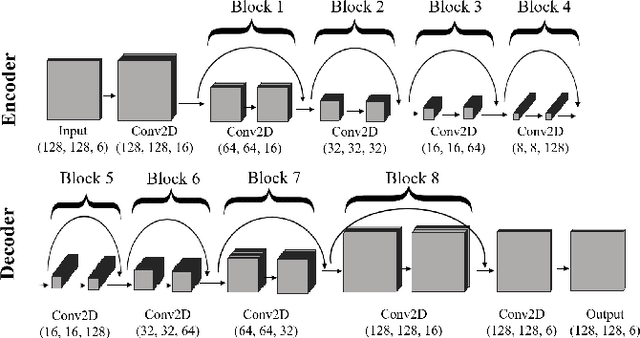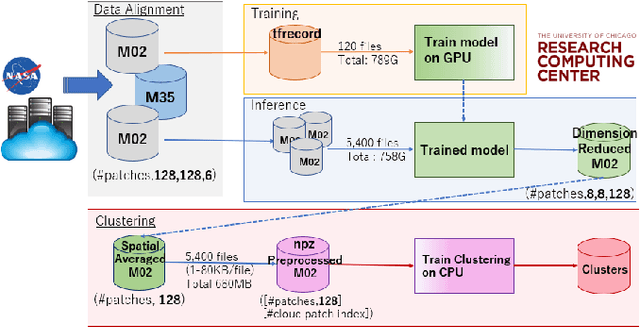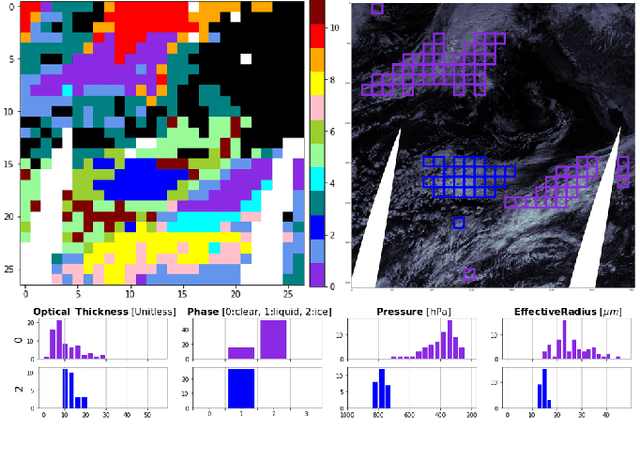Casper Neo
Fine Grained Insider Risk Detection
Nov 04, 2024Abstract:We present a method to detect departures from business-justified workflows among support agents. Our goal is to assist auditors in identifying agent actions that cannot be explained by the activity within their surrounding context, where normal activity patterns are established from historical data. We apply our method to help audit millions of actions of over three thousand support agents. We collect logs from the tools used by support agents and construct a bipartite graph of Actions and Entities representing all the actions of the agents, as well as background information about entities. From this graph, we sample subgraphs rooted on security-significant actions taken by the agents. Each subgraph captures the relevant context of the root action in terms of other actions, entities and their relationships. We then prioritize the rooted-subgraphs for auditor review using feed-forward and graph neural networks, as well as nearest neighbors techniques. To alleviate the issue of scarce labeling data, we use contrastive learning and domain-specific data augmentations. Expert auditors label the top ranked subgraphs as ``worth auditing" or ``not worth auditing" based on the company's business policies. This system finds subgraphs that are worth auditing with high enough precision to be used in production.
Cloud Classification with Unsupervised Deep Learning
Sep 30, 2022



Abstract:We present a framework for cloud characterization that leverages modern unsupervised deep learning technologies. While previous neural network-based cloud classification models have used supervised learning methods, unsupervised learning allows us to avoid restricting the model to artificial categories based on historical cloud classification schemes and enables the discovery of novel, more detailed classifications. Our framework learns cloud features directly from radiance data produced by NASA's Moderate Resolution Imaging Spectroradiometer (MODIS) satellite instrument, deriving cloud characteristics from millions of images without relying on pre-defined cloud types during the training process. We present preliminary results showing that our method extracts physically relevant information from radiance data and produces meaningful cloud classes.
 Add to Chrome
Add to Chrome Add to Firefox
Add to Firefox Add to Edge
Add to Edge